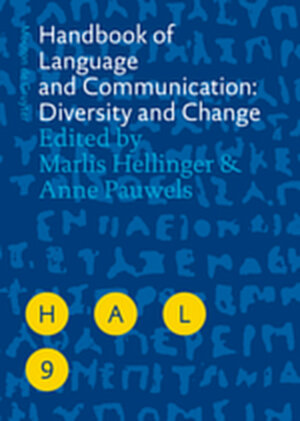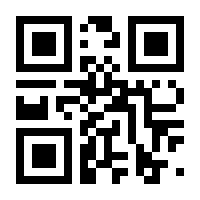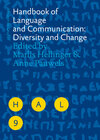
×
![Buchcover ISBN 9783119159494]()
„Die Artikel sind jeder für sich sehr instruktive Einführungen in, und Überblicke über die behandelten Themen. In der Mehrzahl der Artikel wird auch deutlich, welches Potenzial die Angewandte Linguistik zur Bearbeitung und Lösung gerade von Problemen im Kontext von sprachlicher Vielfalt und gesteuertem Sprachwandel besitzt.“Reinhard Fiehler in: Germanistik 1-2/2008
Handbook of Language and Communication: Diversity and Change
herausgegeben von Marlis Hellinger und Anne PauwelsIn line with the overall perspective of the Handbook series, the focus of Vol.9 is on language-related problems arising in the context of linguistic diversity and change, and the contributions Applied Linguistics can offer for solutions. Part I, “Language minorities and inequality,” presents situations of language contact and linguistic diversity as world-wide phenomena. The focus is on indigenous and immigrant linguistic minorities, their (lack of) access to linguistic rights through language policies and the impact on their linguistic future . Part II “Language planning and language change,” focuses on the impact of colonialism, imperialism, globalisation and economics as factors that language policies and planning measures must account for in responding to problems deriving from language contact and linguistic diversity. Part III, “Language variation and change in institutional contexts,” examines language-related problems in selected institutional areas of communication (education, the law, religion, science, the Internet) which will often derive from socioeconomic, cultural and other non-linguistic asymmetries. Part IV, “The discourse of linguistic diversity and language change,” analyses linguistic diversity, language change and language reform as issues of public debates which are informed by different ideological positions, values and attitudes (e. g. with reference to sexism, racism, and political correctness). The volume also contains extensive reference sections and index material.





